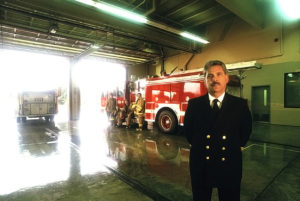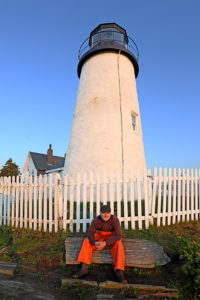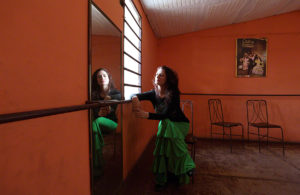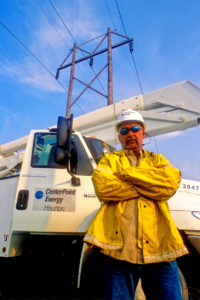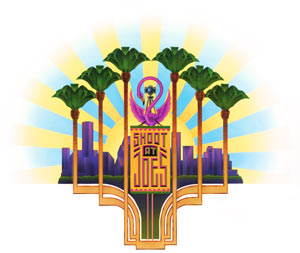Closing in on fifty years of being a advertising and corporate photographer, one of my favorite assignments is to shoot a portrait in an environment; the main reason is that I’m a location photographer.
First of all, let’s define the environmental portrait: It’s a portrait of someone in a situation that they either work, live, or it could be a place where they spend a lot of comfortable time, as on a boat or in a park, etc. In any event, it’s a location that says who they are, and the finished photo should be able to tell a story.
In my online class with the BPSOP, and in my “Stretching Your Frame of Mind” workshops I conduct around the planet, I’m always telling my fellow photographers to “get up close and personal”. That could be anything from an object to a person. In this context, I’m referring to people. When you’re up close to your subject there’s more of a connection between the two of you and as a result your image will be stronger; besides the fact that it will be easier to direct them.
An environmental portrait can be very important in explaining where your subject is, and that usually means to think about and show as much of the background as you can; I wrote a post on this idea that I call the “Whole Enchilada”. The key here is to be up close and personal, but at the same time show the environment the subject is in.
Of course the best way to achieve this is to shoot with a wide angle lens. Remember that this is not a regular portrait where you’ll often shoot with a shallow depth of field. You want to show as much as you can, and get it all sharp. Again, that can easily be handled with a wide angle.
Ok, so why do I like shooting environmental portraits? For one, it shows the subject in relation to the world around him, and can make him relax. I also like it because it gives the viewer something else to look at.
Make your viewer want to stick around longer by giving him more things to look at and discover. Personally, I’m really not interested in looking at someone I don’t know, bur I might be interested in what’s around him.
If at all possible choose the location ahead of time; yes, that would take some pre-production. When I’m scouting a location, I take the readings from my Sunpath program, and my Morin2000 hand bearing compass. I want to know exactly where the sun is going to be so I can place him according to the way I want the light to fall.
Since I usually don’t have more than a few minutes either because that’s all the person gave me, or because of the loss of light, I want to be prepared with a shot list. If I have five minutes, that’s usually enough to get several poses in various places within the location.
Visit my website at: www.joebaraban.com, and check out my 2018 workshop schedule at the top of this blog. Come shoot with me sometime.
This coming July 29th will be my 30th anniversary teaching at the Maine Media Workshop. I’ve always picked this time as it’s the week of the Lobster Festival down the road in Rockland. This ofers a unique set of photo ops, different from the Maine Coast, fishing villages and lighthouses. The Lobster Festival is all about color, design, light, energy, people watchng and environmental portraits everywhere you look; some people are there in costumes and loved to be photographed.
In conjunction with The Santa Fe Workshops, on October 2nd I’ll be leading a group in San Miguel de Allende. A beautiful oasis and artist colony, and the entire city is a UNESCO site.
Come join me for a week of fun and photography…what could be better?
JoeB
JoeB

